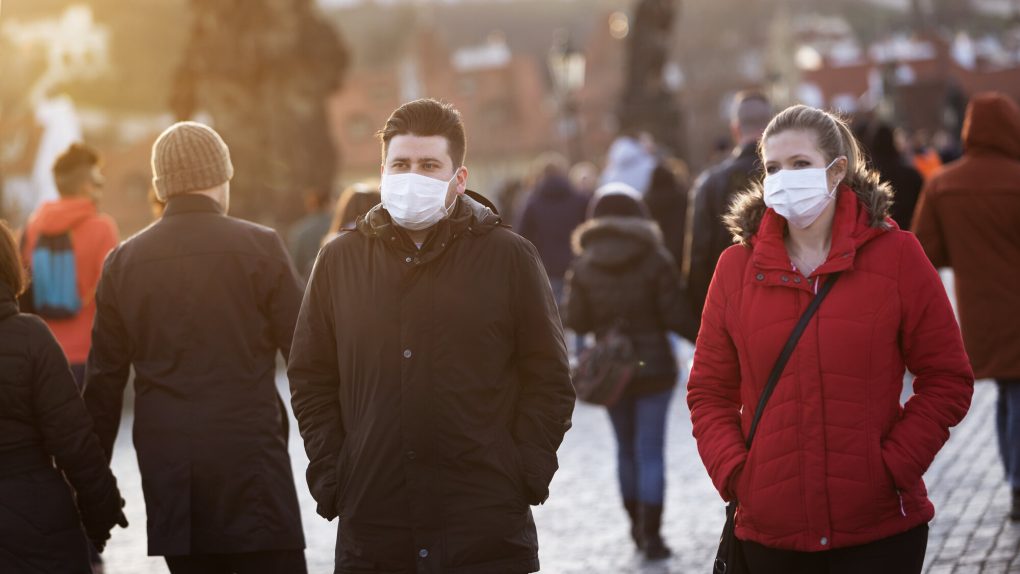- As Dr. Fauci predicted, coronavirus infections in January have been record-breaking.
- Arizona, California, and Rhode Island have been hit particularly hard by COVID-19 outbreaks over the last few weeks.
- Dr. Fauci recently said that life in the U.S. may not return to normal until November.
The U.S. is currently experiencing an unprecedented surge of new coronavirus infections. Hardly a surprise, many health experts warned that indoor gatherings over the Christmas and New Year’s Eve holidays would result in January being the worst month of the entire pandemic.
The latest COVID-19 figures are jarring, to say the least. Specifically, the average number of daily new infections over the last week is 219,000, a figure we haven’t seen since the pandemic began all the way back in March. What’s more, coronavirus-related hospitalization and death rates have shot up to record-breaking levels over the past few days as well.
While the situation is grim across most of the U.S., there are currently three states where the surge of infections is worse than anywhere else: Arizona, California, and Rhode Island.
According to NBC News, these states are seeing the “highest rates of Covid-19 infections per capita.”
The report adds:
Arizona currently has the highest per-capita rate of new Covid-19 infections, with 785 cases per 100,000 people over the past seven days. That rate not only leads the U.S., but is the highest in the world, according to NBC News data. For comparison, the Czech Republic, the country with the highest per-capita rate of infection, has reported 653 cases per 100,000 over the past seven days.
Over the past two weeks, Arizona has seen the number of COVID-19 infections in the state jump by 41%. The situation is even more sobering in California where coronavirus-related hospitalizations have jumped by 24%. Further, the COVID-19 death rate in the state increased by an astonishing 42% over the last two weeks.
“If we continue to see an alarming increase of COVID-19 patient admissions at hospitals statewide,” California state public health officer Dr. Tomas J. Aragon said this week, “some facilities may not be able to provide the critical and necessary care Californians need, whether those patients have COVID-19 or another medical condition.”
Other states where the COVID infection rate is rising include Arkansas, Oklahoma, Utah, West Virginia, and Alabama.
All told, the U.S. isn’t anywhere close to putting the pandemic in the rearview mirror, despite the arrival of vaccines from Pfizer and Moderna. One big problem is that the rollout of the vaccine has been incredibly inefficient. While some areas haven’t received enough vials of the vaccine, other areas have received too much.
Additionally, Pfizer just a few weeks ago said that it had millions of COVID-19 doses sitting in a warehouse because it hadn’t received instructions from the government on where to send it.
President-elect Joe Biden, meanwhile, has blamed the flawed rollout on President Trump.
“A few weeks ago, the Trump administration suggested that 20 million Americans could be vaccinated by the end of December,” Biden said last week. “With only a few days left in December, we’ve only vaccinated a few million so far. And the pace of the vaccination program is moving now, if it continues to move as it is now, it’s going to take years, not months, to vaccinate the American people.”
Upon taking office, Biden has promised to vaccinate 100 million people within his first 100 days.








